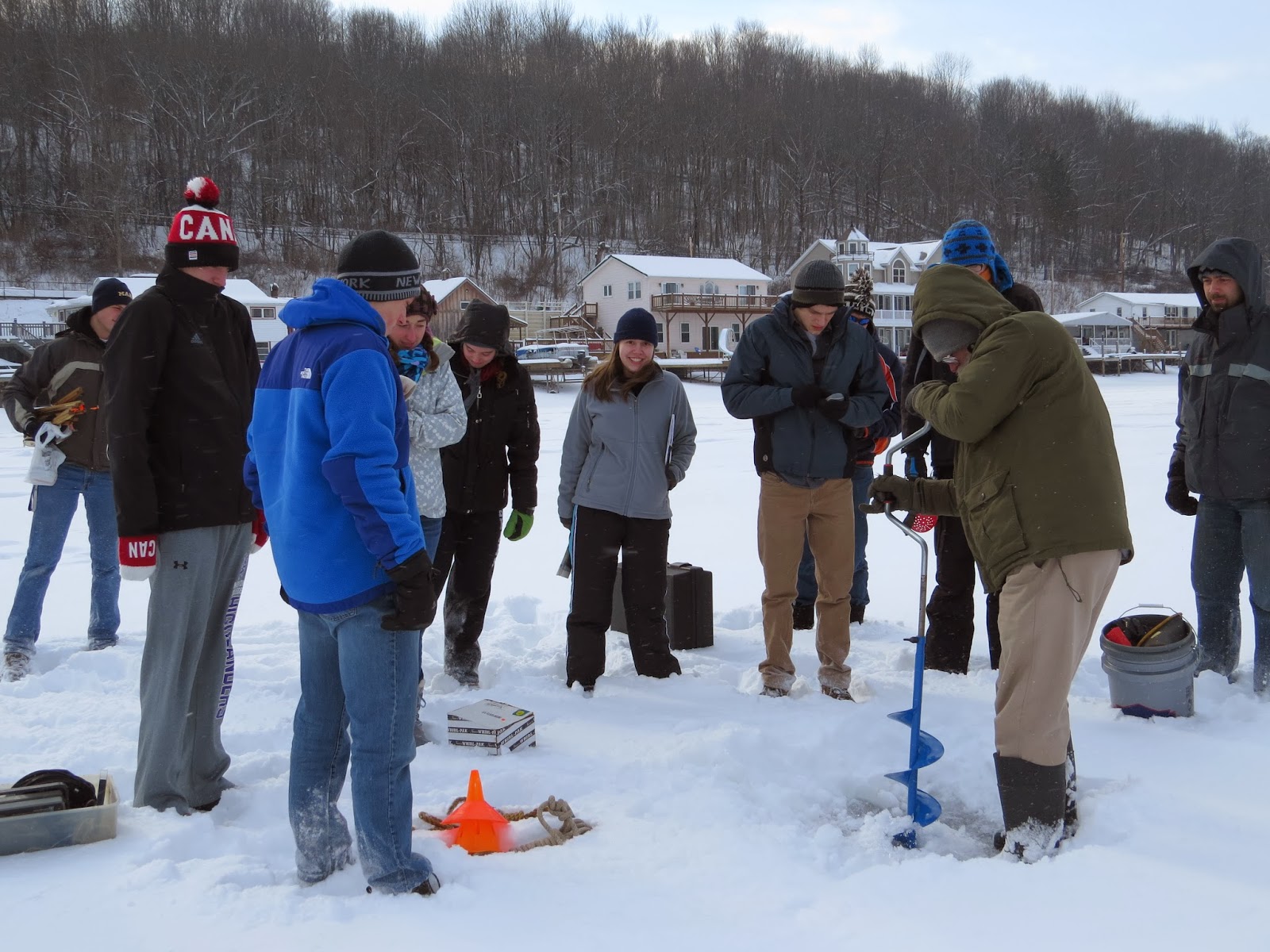 |
 |
Lastly, Maple Leaf's program recorded all of their data to the SD card. Yes. We were shocked too. Especially at 9pm when we received the data with 11 hours until paper and presentation deadline. The next morning after presentations and sad goodbyes we all headed home for some much needed sleep. Since Dr. Wolfe extended our biology paper deadline, the first week of summer included completing that paper as a group online. This will probably be one of our last posts. I know I know, how will you go on? It'll be OK. Follow a food blog (thought not not as cool as ours), subscribe to more youtube channels, climb some mountains, anything to get your mind off of it really. With 24 students next year maybe one will be as awesome as we are and blog about their adventures. Until then, pray that is the case, and watch Up over and over.
--Kayla






































.JPG)

